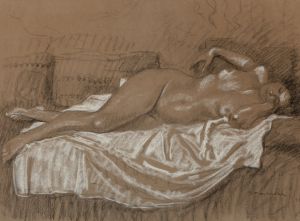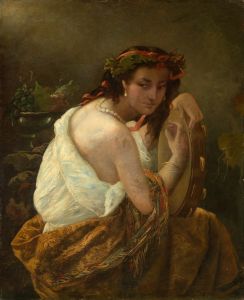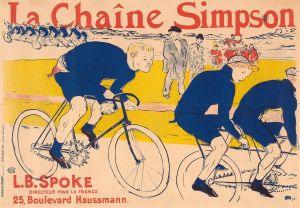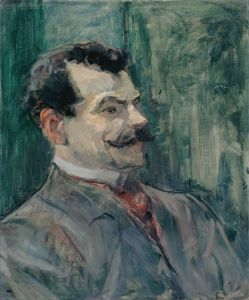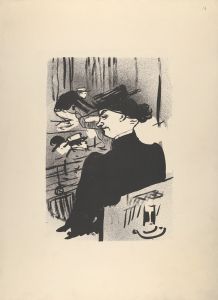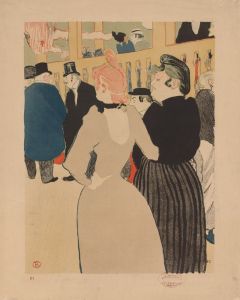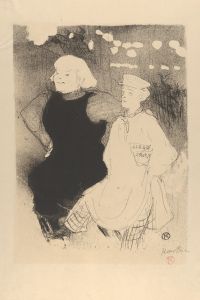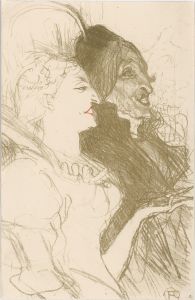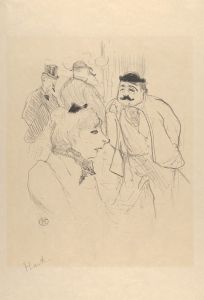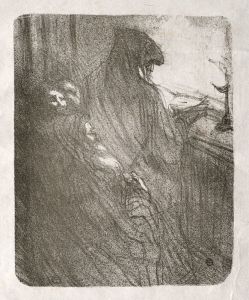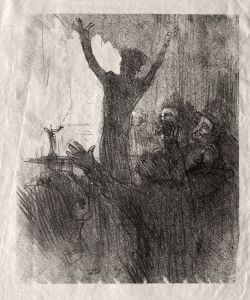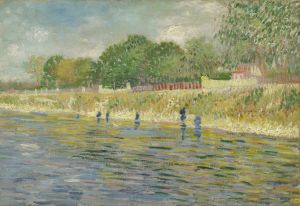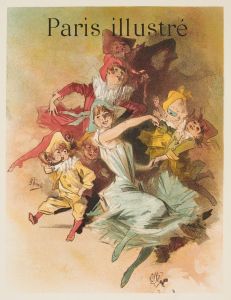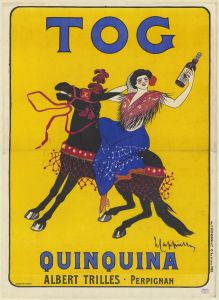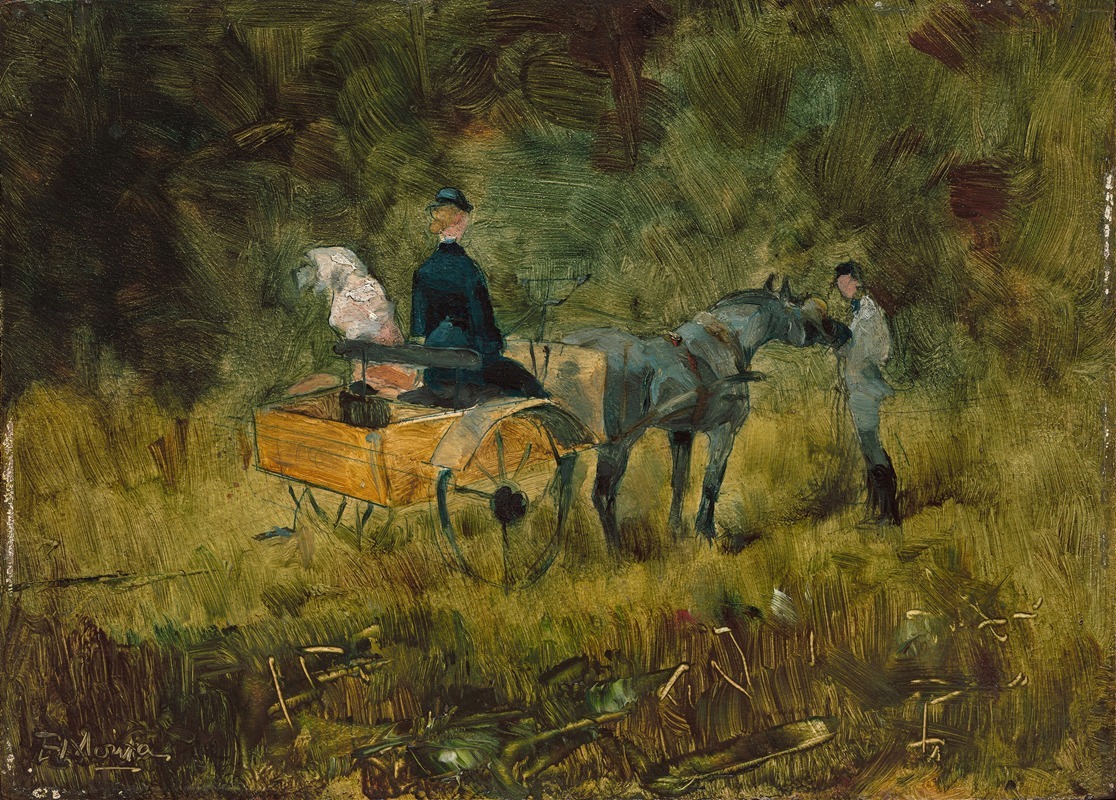
The Trap
A hand-painted replica of Henri de Toulouse-Lautrec’s masterpiece The Trap, meticulously crafted by professional artists to capture the true essence of the original. Each piece is created with museum-quality canvas and rare mineral pigments, carefully painted by experienced artists with delicate brushstrokes and rich, layered colors to perfectly recreate the texture of the original artwork. Unlike machine-printed reproductions, this hand-painted version brings the painting to life, infused with the artist’s emotions and skill in every stroke. Whether for personal collection or home decoration, it instantly elevates the artistic atmosphere of any space.
Henri de Toulouse-Lautrec, a prominent French painter, printmaker, and illustrator, is renowned for his vivid portrayals of Parisian nightlife in the late 19th century. However, there is no widely recognized painting titled "The Trap" attributed to Toulouse-Lautrec. It is possible that the title might refer to a lesser-known work, a misinterpretation, or a different title in translation. Toulouse-Lautrec's oeuvre primarily consists of depictions of the bohemian lifestyle, cabaret scenes, and portraits of performers and prostitutes, capturing the essence of the Montmartre district in Paris.
Toulouse-Lautrec was born on November 24, 1864, in Albi, France, into an aristocratic family. Despite his noble lineage, he is best remembered for his immersion in the vibrant and often gritty world of Parisian entertainment. His physical disabilities, resulting from congenital health issues and accidents in his youth, contributed to his unique perspective on life and art. These challenges did not deter him from pursuing his passion for art, and he moved to Paris to study under prominent artists such as Fernand Cormon.
His artistic style is characterized by its bold use of color, expressive line work, and keen observation of human behavior. Toulouse-Lautrec's works often feature figures in dynamic poses, capturing the movement and energy of the scenes he depicted. He was a master of lithography, a technique that allowed him to produce posters and prints that became iconic representations of the Belle Époque era.
Among his most famous works are the posters for the Moulin Rouge, a cabaret that became synonymous with the lively and sometimes decadent spirit of Paris at the time. These posters not only advertised the venue but also elevated the status of commercial art, blending fine art with popular culture. Toulouse-Lautrec's ability to convey the personalities and emotions of his subjects made his work stand out, and his depictions of performers like Jane Avril and Aristide Bruant remain celebrated to this day.
While Toulouse-Lautrec's career was prolific, it was also tragically short. He struggled with alcoholism and health issues throughout his life, which ultimately led to his early death at the age of 36 on September 9, 1901. Despite his brief career, his influence on the art world was profound, paving the way for future movements such as Art Nouveau and influencing artists like Pablo Picasso and Andy Warhol.
In summary, while there is no specific information available about a painting titled "The Trap" by Henri de Toulouse-Lautrec, his legacy as a chronicler of Parisian life and a pioneer in the world of poster art remains undisputed. His work continues to be celebrated for its innovative approach and its ability to capture the spirit of an era.





